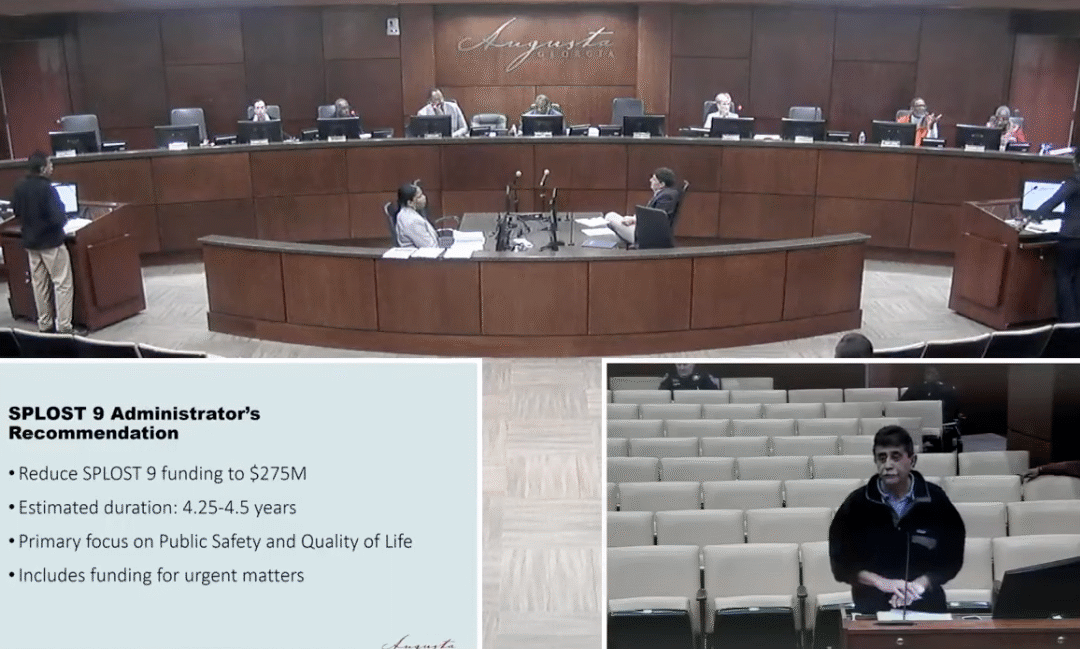The auto world was a bit shocked to learn that one of the most (deservedly) maligned auto marques, the Yugo, may be hitting the roadways again.
Motor Trend has announced that a professor, Dr. Aleksandar Bjelic, has secured the rights to the name and that production of the vehicle could start in 2027.
The new Yugo, its producers say, will carry on the car’s tradition of simple, basic transportation, but will fit in as a safe and reliable vehicle which is something the original 1981 version was everything but. The sketches shown at the Car Design Event 2025 in Munich, Germany on May 6 depict a modernized version of the original, along with promises to offer something other than a Briggs and Stratton engine.
This time they are going to offer a three-speed, manual transmission!
The Yugo was introduced to the American market by Malcolm Bricklin, a man who had dabbled unsuccessfully in the auto manufacturing world before, and with the import, he was poised to offer an extremely inexpensive basic mode of transportation.
The car also had a bit of an exotic aura to it, since it was manufactured in Communist Yugoslavia, which was a member of the Soviet Union at the time. It was, for some a peek behind the Iron Curtain.
According to J.D. Power, the original Yugo came to American shores in 1985 with a price tag of $3,990 and, in the beginning, Americans gobbled them up with the factory turning out 1050 vehicles per day. The price was actually cheaper than a Ford Model T in its heyday and debuted at a time when American compact economy cars had proven to be disasters on wheels.
In an era of Chevy Vega’s melting down and Ford Pinto’s exploding, how much worst could a car produced by a “planned” Communist economic system be?
The car came with no creature comforts such as air conditioning, cup holder, clock, glove box, radio or armrests. Under the hood, it boasted a 1.1 liter engine that was small enough to also fit in the spare tire in the engine bay. That feature was helpful, since the car had nothing that resembled a trunk, but it turned into major minus when the engine heat melted the spare and the fumes were sucked into the tiny barrel of the carburetor.
The manufacturers claimed the top speed was 85 MPH, but that figure must have been timed with the car going the Ural mountains while being pulled by a team of goats. Yes, goats were faster than that thing.
The Yugo also wasn’t just inexpensive, it was cheap.
Consumers immediately found out that the car was not configured for unleaded gas, this caused the car to cough and sputter as if it had asthma. The timing belt, according to J.D. Power, also had to be changed every 30,000 miles, if it made it that far, or the engine would seize up completely.
Word began to spread that the first things to fall off or fail were the door handles, followed by the speedometer, plastic interior moldings, brakes and even the steering wheel.
The manufacturer touted the car as being lightweight. It was so light that the average man could lift it into a parking space when the reverse gear failed. In fact, it was so light that the Detroit Free Press reported a gust of wind blew a Yugo off of the Mackinac Bridge, killing its driver.
Actually, the car really had no business being on that bridge or any type of expressway to begin with. Most states had already begun to relax the double-nickel speed limits and the Yugo had trouble maintaining 55 MPH, asking it to do 70 was like asking a Vespa to win a race with a Harley.
Ironically, Bricklin’s first foray into the auto world was an eponymously named sports car, the SV-1 or “safety vehicle.” A car that took the use of safety gizmos to new heights. Apparently, with his new venture, Bricklin decided to go the opposite route and delivered a car that accordioned like a tin can in a 10-mile-an-hour impact.
After the initial stampede to the dealerships, word got around at just how awful the car was and sales immediately plummeted and Yugo faded into history.
People actually collect original Yugos just to be able show just how horrible the vehicles were, few are willing to take the “survivors” out on the streets and I can’t say I blame them.
It is at least interesting that someone would desire to try and reinvent the Yugo. But with virtually every major automaker looking to build simple and affordable transportation with a move back towards combustion engines, it is likely the new Yugo will go over about as well as Ford coming out with a new and improved version of the Edsel.
Actually, this kind of reminds me of the fellow who has been promising for years to put to sea a replica version of the Titanic, but with all of the safety accoutrements of today. I’m not sure I want to try a maiden voyage on either the Titanic II or the New Yugo.
Scott Hudson is the Senior Investigative Reporter, Editorial Page Editor and weekly columnist for The Augusta Press. Reach him at scott@theaugustapress.com











